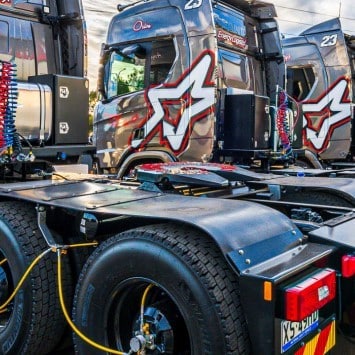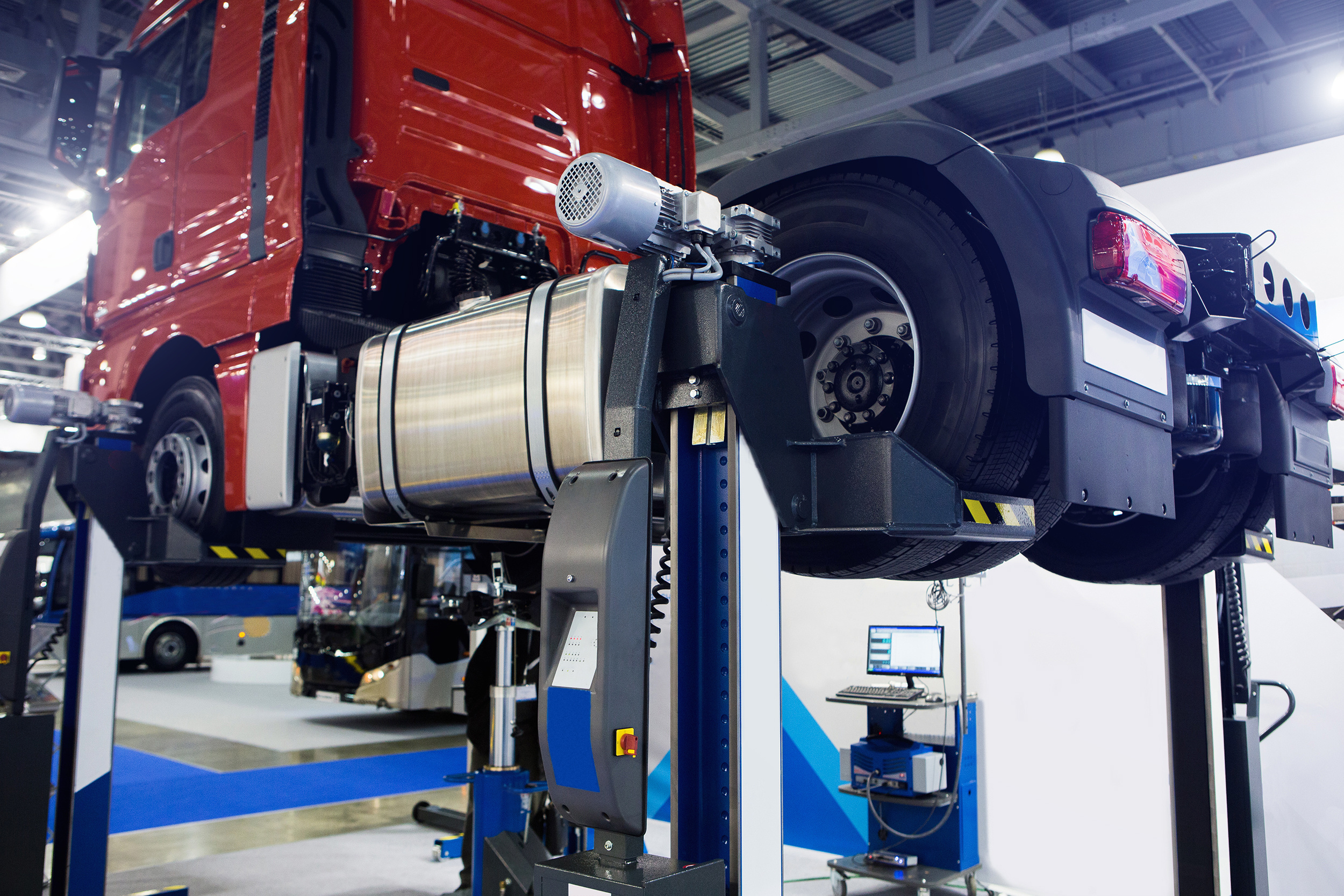
Commonly Replaced Truck Parts In New Zealand Fleets
Keeping a commercial truck fleet in top operating condition is vital to New Zealand’s transport and logistics sectors. Given the demanding terrain, unpredictable weather, and long-haul nature of many freight operations, certain truck parts inevitably experience more wear and tear than others.
This article explores the most replaced truck parts in New Zealand fleets, offering insights into what fleet managers and mechanics should watch for to maintain efficiency and reduce downtime.
Understanding the Demands on New Zealand Truck Fleets
Unique challenges of NZ’s geography and climate
New Zealand’s diverse landscapes—from mountainous roads and coastal highways to remote rural tracks—place considerable strain on truck components. Frequent transitions between wet, humid conditions and dry, dusty environments accelerate part degradation, especially for systems exposed to the elements such as brakes and suspension.
High mileage and diverse load requirements
Fleet trucks often cover extensive distances across the country, carrying a wide range of freight loads. Heavy-duty usage increases wear on mechanical systems, especially when trucks are fully laden or consistently operate at or near capacity. These conditions lead to a higher frequency of component failure and require proactive maintenance strategies.
Fleet maintenance standards and regulatory requirements
Commercial fleets in New Zealand must comply with rigorous safety and roadworthiness standards. Regular inspections, certificates of fitness (CoF), and adherence to Waka Kotahi NZTA guidelines mean that worn parts must be replaced promptly, even before complete failure, to avoid compliance issues and maintain safe operation.
Engine Components That Frequently Require Replacement
Turbochargers and intercoolers under stress
Turbochargers are vital for power and efficiency in diesel engines but are also highly susceptible to wear, especially when exposed to poor-quality fuel, high operating temperatures, or inadequate maintenance. Intercoolers also degrade over time, impacting engine performance and fuel economy.
Fuel injectors and diesel pump wear
Fuel injectors must deliver precise amounts of fuel to the combustion chamber. Over time, deposits and corrosion reduce their effectiveness, leading to poor fuel economy and engine misfires. Similarly, diesel pumps are prone to mechanical wear, especially in high-mileage trucks.
Common issues with belts, hoses, and gaskets
Engine belts and hoses degrade due to heat cycling and chemical exposure. Gaskets, particularly head gaskets, are critical seals that can fail due to overheating or pressure irregularities. These components are small but essential, and their failure can lead to major engine issues.
Drivetrain and Transmission Parts with High Turnover
Clutches and gearboxes in heavy-duty applications
Manual transmission trucks endure significant strain on clutches, especially in stop-start traffic or hilly areas. Clutch discs, pressure plates, and release bearings wear out regularly and need careful monitoring. Gearboxes, particularly in older models, may also develop issues with synchros and bearings.
Driveshaft and differential wear in varied terrains
The driveshaft and differential handle the transfer of engine power to the wheels. Constant torque and terrain variation—common in NZ—can lead to worn universal joints and differential gears, causing vibration, noise, and eventual mechanical failure.
Maintenance intervals and replacement indicators
Vibration during gear changes, slipping gears, or difficulty in acceleration are signs that drivetrain components may be nearing the end of their service life. Adhering to manufacturer-recommended service intervals helps extend their usability and catch issues early.

Suspension and Brake System Wear in NZ Conditions
Shock absorbers and airbag suspension issues
New Zealand’s bumpy and often uneven roads accelerate the deterioration of shock absorbers and air suspension components. Poor handling, uneven tyre wear, or excessive bouncing are signs of a failing suspension system, necessitating prompt part replacement.
Brake pads, rotors, and air brake components
Trucks require powerful braking systems, and the components in these systems wear quickly under heavy loads and frequent braking. Brake pads, rotors, air compressors, and slack adjusters are among the most commonly replaced items, especially in urban fleets with frequent stops.
Impact of rural vs urban driving on component lifespan
Urban fleets tend to experience faster brake wear due to stop-and-go traffic, while rural trucks often face suspension stress from rough roads. Understanding the driving context helps determine which parts may fail sooner and should be checked more frequently.
Electrical and Lighting Parts Commonly Replaced
Alternators, batteries, and starter motors
Electrical systems are vulnerable to moisture ingress, temperature extremes, and constant vibration. Batteries degrade over time, especially with frequent engine starts, while alternators and starter motors often fail due to worn bearings or brushes.
Wiring issues due to moisture and road grime
NZ’s damp climate increases the risk of corrosion in connectors and wiring harnesses. Exposed wires under the chassis or engine bay are particularly vulnerable, potentially leading to shorts, failed lights, or non-functioning sensors.
Headlights, indicators, and trailer lighting systems
Exterior lighting systems are both essential and frequently damaged. From cracked lenses to water ingress and blown bulbs, these components must be checked regularly to ensure safety and compliance with road regulations.
Tyres and Wheels: High-Frequency Replacement Parts
Effects of NZ road surfaces and climate on tyre wear
Tyres are arguably the most replaced part of any truck. In New Zealand, chipseal roads, winding routes, and weather variations increase tread wear and the risk of punctures. Tyre replacement is often dictated by load type, axle alignment, and driving habits.
Popular brands and tread patterns for NZ conditions
Fleets often opt for all-season or mixed-use tyre patterns that handle both wet and dry conditions. Brands like Bridgestone, Michelin, and Hankook are commonly used in NZ fleets for their durability and performance across different environments.
Maintenance tips to prolong tyre lifespan
Maintaining proper tyre pressure, regular rotations, and wheel alignments can significantly extend tyre life. Fleet managers should also implement pre-trip checks to catch early signs of tyre damage or imbalance.
Body and Cabin Parts That See Regular Wear
Mirrors, panels, and door mechanisms
Exterior components like side mirrors, panels, and steps are frequently damaged in tight loading bays or during rural deliveries. These are replaced often for both safety and aesthetic reasons.
Seats, dashboards, and interior fittings
Long hours in the cab lead to wear on seats, armrests, and dashboard controls. While these may not affect vehicle performance, they impact driver comfort and should be maintained to reduce fatigue and injury risk.
Wipers and windscreen components in NZ weather
With frequent rain and high UV exposure, wiper blades deteriorate rapidly, and windscreen chips are common. Replacing these components promptly ensures visibility and reduces the likelihood of costly glass repairs.
Sourcing Reliable Replacement Truck Parts in New Zealand
Trusted local suppliers and wreckers
NZ boasts a network of reputable truck part suppliers, both new and second-hand. Wreckers can provide affordable used parts, while authorised dealerships ensure genuine replacements for specific truck makes and models.
Comparing genuine vs aftermarket options
Aftermarket parts can offer cost savings, but quality varies. Fleet operators must balance price, performance, and warranty support when choosing between OEM and aftermarket components.
Tips for verifying part quality and fitment
Always check compatibility against the truck’s VIN, look for certifications, and seek supplier reviews. Using incorrect or substandard parts can lead to further damage and increased long-term costs.
Keeping Fleets Operational with Preventive Maintenance
Scheduled checks to reduce part failure
Routine inspections—daily, weekly, and monthly—can detect early signs of part failure. Implementing checklists and logs helps identify trends and preemptively replace worn components.
The role of fleet management software
Modern software tools help track mileage, schedule maintenance, and monitor part replacements. These systems improve planning and reduce unexpected breakdowns.
Training staff to identify early signs of wear
Drivers and mechanics should be trained to recognise warning signs such as noises, vibrations, leaks, or dashboard alerts. Prompt reporting can prevent minor issues from escalating into major repairs.
Final Thoughts on Managing Common Truck Part Replacements
New Zealand’s trucking industry is essential to national logistics and economic flow. By understanding which parts are most prone to failure and implementing proactive maintenance strategies, fleet operators can minimise disruptions, reduce long-term costs, and enhance safety. Investing in quality parts and regular training ensures that trucks remain roadworthy and reliable across New Zealand’s challenging terrain.



